Free Cherry Runtz seeds on orders over $150!
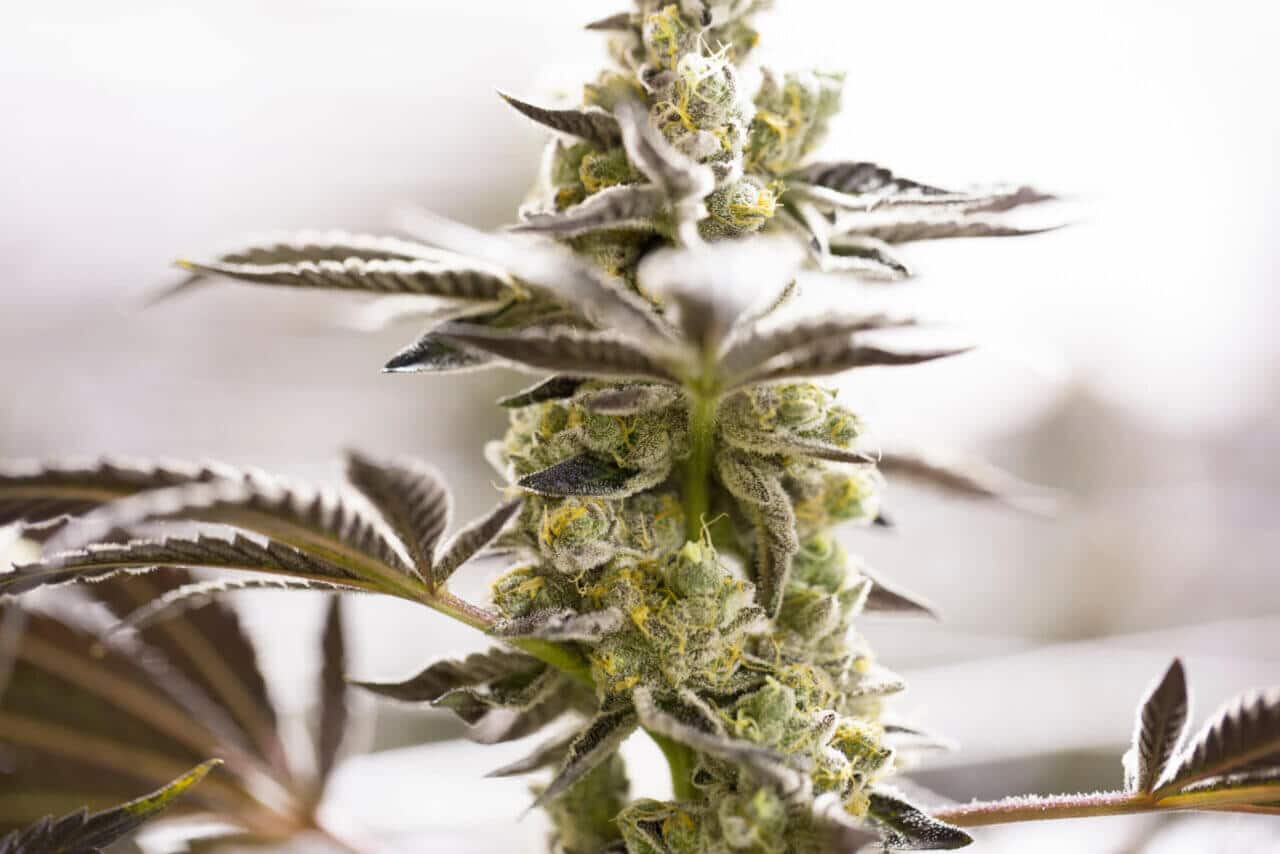
What is the best place to grow cannabis in the house? Let’s investigate.
In what areas of your house do you have space available for plants to grow? Let’s look at the several choices you have. This guide will assist you in determining the optimal location inside your home or other indoor growing room for your cannabis plants. Spending a little time now planning your growth may mean a significant amount of time and effort saved later on!
The following is a list of the most typical locations where growers put their plants:
Now that you’ve given some thought to the many choices, you should investigate several vital aspects that might assist you in narrowing it down. You should find out as much as possible about growing cannabis indoors before getting started.
Even if cannabis cultivation is legal in the area you reside, you should still take precautions to ensure its safety and privacy. If possible, you should avoid doing anything that can draw the attention of overzealous law authorities, attract prospective criminals, or disturb your neighbors. Even if you aren’t breaking any laws, it’s still a good idea to keep your growth a secret from prying eyes.
Consider:
It’s safe to say that most grow lights become warm to the touch. To avoid overheating your room, you’ll need to find a technique to vent away from the heat from your light. For indoor cannabis cultivation, grow tent ventilation is a must.
Consider:
Installing one or two fans — an exhaust fan, an intake fan, or maybe both — is the first step in adequately ventilating a space. The exhaust fan is located on one side of the room, while the intake fan is located on the other. Only one fan is necessary for a passive cooling system. Air enters or exits the room via openings on the other end due to the exhaust fan or intake fan. When using a passive cooling system, the hole (or holes) without the fan needs to be bigger than the hole (or holes) with the fan.
In-line duct fans, which are simple to install, are the most common cooling method in grow rooms. Connecting a flexible duct pipe to a clothes dryer is a good analogy for installing this system. It’s up to you to decide the size of duct fan you need based on your room’s dimensions and any existing holes. Many homes have six-inch fans. Check the size of the exhaust and intake openings in your grow tent and purchase fans to match.
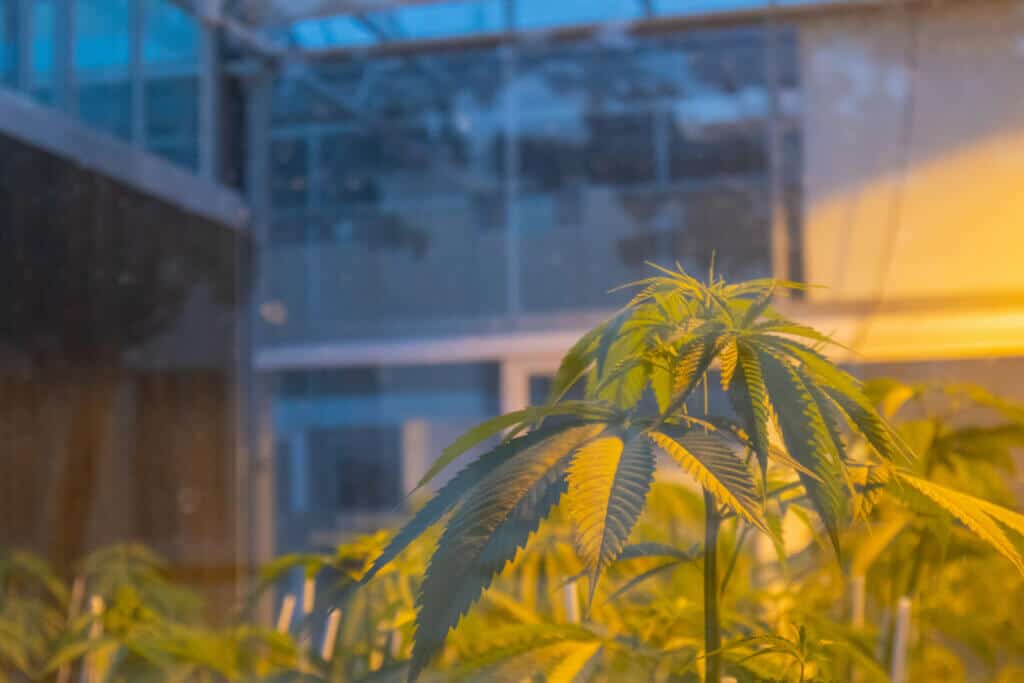
CFM (cubic feet per minute) rating is another factor to consider when purchasing a fan. Make sure the CFM rating of the fan(s) is more than the volume in cubic feet. The basic rule is that the grow chamber should have enough ventilation to replace the air once per minute entirely. To calculate the square footage of a room, add the space’s length, width, and height together. For example, a fan rated at 100 CFM would be enough in 3-by-3-by-6 feet in size. However, if you’re pushing air over a long distance or if the duct pipe has several bends, you may require a fan with a more excellent CFM rating.
Install a filter in the intake and exhaust ducts, no matter how many fans you have. Bugs, mold spores, dust, and other impurities are kept out of the air by the intake filter. Alternatively, you may use a flexible duct pipe to connect the fan to the filter.
It’s also critical to have good airflow. During respiration, plants do not “exhale” with force. Carbon dioxide (CO2) may be breathed in by plants by using fans that circulate the air. You’ll need one fan to keep the air moving freely throughout your grow space. Choosing how many fans to use and where to put them takes a lot of trial and error. Plants should be “dancing” in all their glory, with their leaves softly swaying in time to the music. You may need to move a fan or add one if you observe any plant section that isn’t dancing.
If you are wondering if you can grow cannabis at home, think about where there is adequate room for a garden in your home. More room is always a plus! Grow tents of 2’x4’x6′ are a good choice for first-time growers. You’ll have easy access to all of your plants and a lot of extra height to work with. Look around your home to see where you might put a tent of that size. At first sight, a tent of this size can be like a clothing closet in your bedroom.
In terms of height!
If you’re not sure, try a 2’x4’x6′ grow tent for beginners. Even though it’s tiny, it’s large enough to allow you to harvest up to a pound of buds (or even more) if you know how to use it properly, making it an ideal tool for beginners.
Will anybody be able to smell the plants you’re growing or hear the noise coming from your grow space? Fortunately, you won’t be able to smell the plants outside the tent if you get a grow tent with a carbon filter. No matter how close you go to the tent, you won’t be able to smell anything. However, the scent will leak out anytime you open the tent, so you should consider whether or not odors are a concern. Because some people find the smell of cannabis unpleasant, even if it’s legal to cultivate it in your area, it’s always a good idea to cover up any scents.
Fans and certain grow lights for cannabis, on the other hand, will be the primary sources of noise in your garden. There may be pumps running if you’re using hydroponics. The most effective technique to eliminate background noise is to invest in high-quality equipment and execute a complete setup. If put up correctly, an indoor cannabis garden may be almost tranquil and odorless.
A certain amount of supply in and supply out is inevitable, no matter how well hidden your grow room is. Once the plants have been gathered, you’ll need to get rid of them. It probably won’t affect you if you’re developing in a room at home. Other considerations include how to get supplies into and out of a detached garage without attracting attention from your neighbors. You don’t want your neighbors to witness you lugging dirt inside your home!
For the fans and lights, an indoor grow needs power. So, if you want to grow plants in your attic but don’t have access to electrical outlets, you’ll need to devise a solution. To avoid short-circuiting, ensure the electrical circuit can handle your grow lights and fans. You don’t have to worry about power use using one or two medium-sized grow lights. However, if you want to produce a lot of large lights in the same space, you may want to connect a separate power supply to the fuse box.
Nobody wants their house to be damaged. DIYing a grow room from scratch might lead to scuffs on the walls and spills of water on the floor. Heat, light, and humidity may cause damage to polished surfaces if you’re not cautious about keeping everything enclosed. A grow tent will considerably decrease the risk of damage since it is waterproof and keeps everything confined and out of the way of your other valuables. However, if you’re torn between growing in your freshly adorned bedroom or your utilitarian garage, this is something to keep in mind.
When deciding the best place to grow your cannabis, you’ll have different options, but you must consider the aforementioned factors when choosing a convenient location. The last thing you need is to make your growing experience frustrating unnecessarily. Consider taking some time to learn a few cannabis home-growing tips.
Best Selling Cannabis Seeds
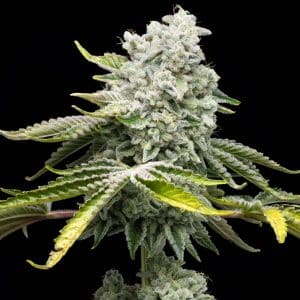
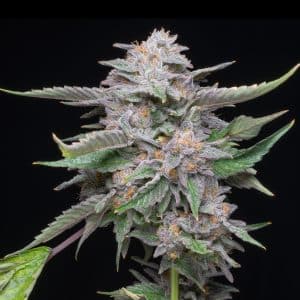
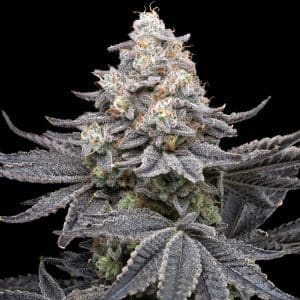
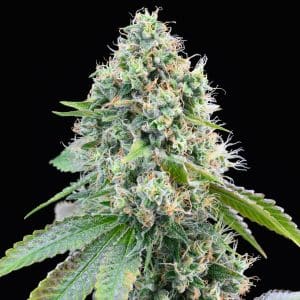
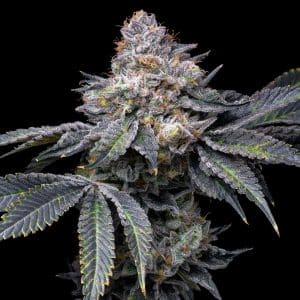
Offers
Information
Get the best from your plants
Growing At Home
Growing At Home
Grow stages
THCA/D9 (out of stock)
Troubleshooting
This product is not for use by or sale to persons under the age of 18. This product should be used only as directed on the label. It should not be used if you are pregnant or nursing. Consult with a physician before use if you have a serious medical condition or use prescription medications. A doctor’s advice should be sought before using any hemp products. All trademarks and copyrights are property of their respective owners and not affiliated with nor do they endorse this product. These statements have not been evaluated by the FDA. This product is not intended to diagnose, treat, cure or prevent any disease. By using this site you agree to follow the Privacy Policy and all Terms & Conditions printed on this site. All products contain less than 0.3% Cannabinoid-compliant with applicable Federal Laws. Please make yourself aware of any and all applicable laws regarding hemp in your jurisdiction. Premium Cultivars accepts no liability or responsibility regarding germination laws in any specific locale state or national jurisdictions.THCA products are not available for shipment to the following states: Hawaii, Idaho, Minnesota, Oregon, Rhode Island, Utah, Vermont *Note: Products with Total THC content above 0.3% must not be shipped to these states.
We want to help you get your hands on the seeds you want, take 20% off your next purchase when you enter your email below!
We want to help you get your hands on the seeds you want, take 20% off your next purchase when you enter your email below!